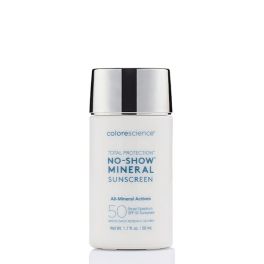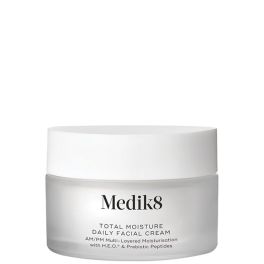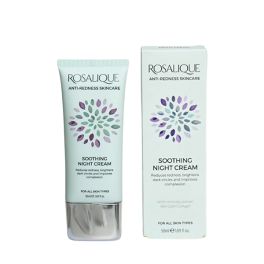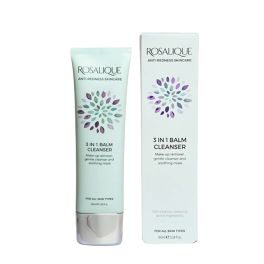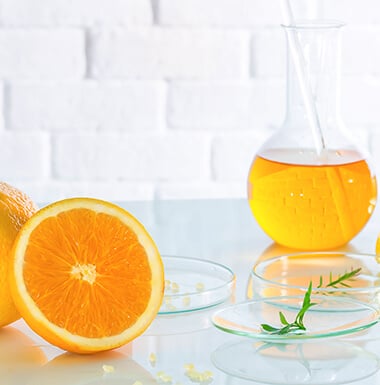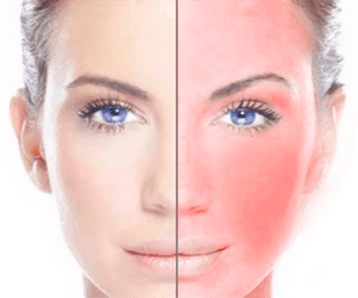What's your skin type? By Medik8 Posted on 27 Apr 2016
Before investing in cosmeceutical skincare products, you should understand what your skin type is so that they suit the needs of your skin and are more effective.
This is Medik8's skin type definitions:
Oily or Combination Skin
Oily/ combination skin will have a shiny appearance and an oily feel to the skin. The pore size is usually increased. The combination of excess oil production and enlarged pores can lead to blackheads. The oiliness may be centralised on the face in the classic ‘T-zone’ area.
Acneic or Problem Skin
Problem skin produces too much oil and has enlarged pores due to this. The pores become clogged with excess oil, dead skin cells and bacteria, which leads to blackheads and whiteheads. Blemishes can be small whiteheads, to large, sore lesions.
Normal Skin
Normalskin is usually clear in complexion with minimal blemishes. The pore size is often small to medium, giving the skin an even and smooth appearance.
Redness - prone Skin
Redness-prone (erythematous) skin can often suffer with facial thread veins or rosacea. The skin has a high density of blood at the surface due to bleeding at the site of capillary damage which leads to a ‘flushed’ look.
Dry Skin
Dry skin can often feel very tight, with flaking or peeling patches. The skin is matte in appearance, with very small pores, and infrequent blemishes. Dry skin can often be sensitive to temperature fluctuations and is often associated with seasonal changes.













